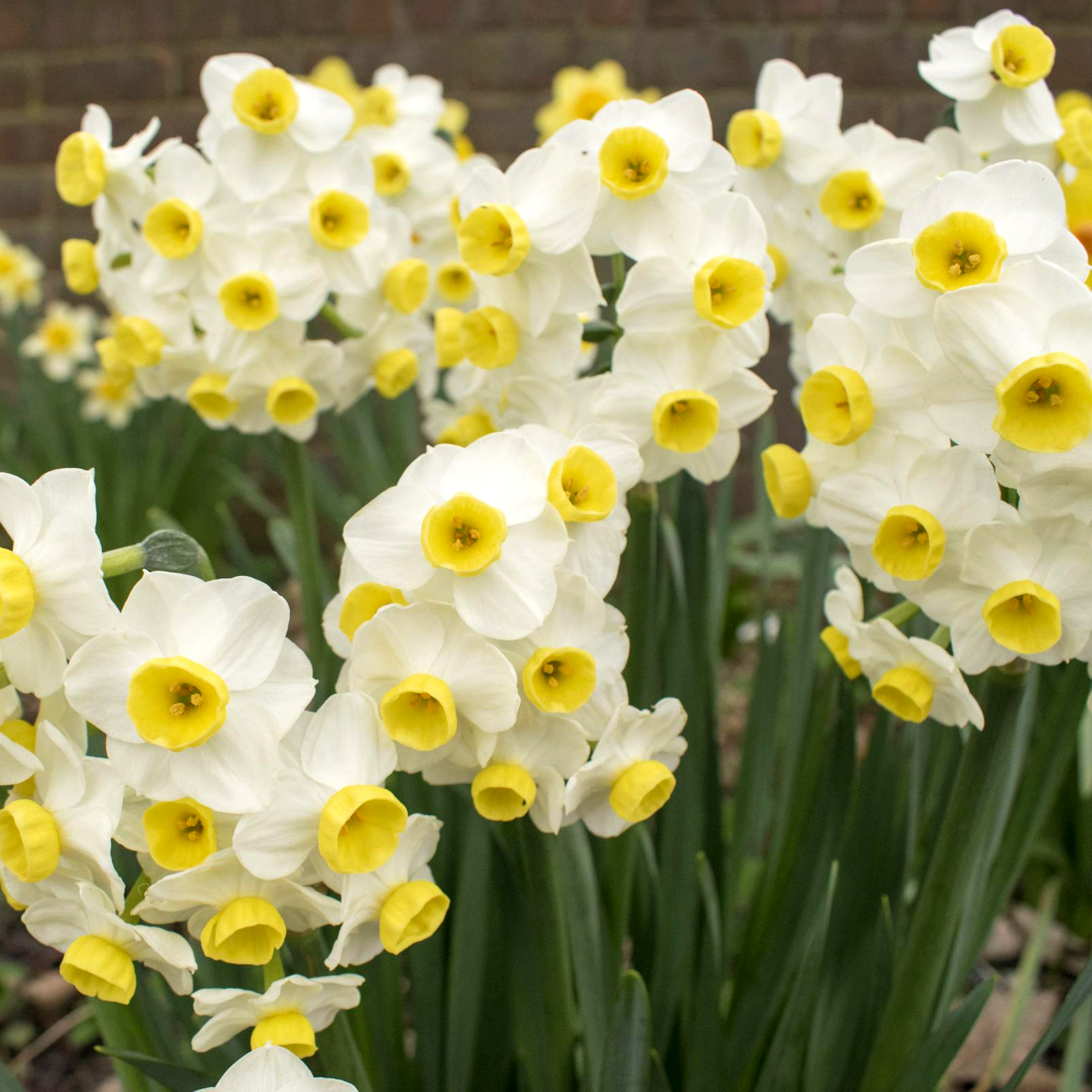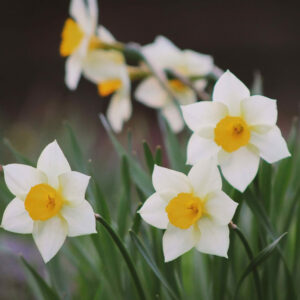Narcissus Canaliculatus Daffodil Bulbs
0 reviews
Spring Flowering - UK Hardy Pollinator Friendly - Grow in Beds, Borders & Patio Pots
- Narcissus Canaliculatus is a multi headed sweetly scented dwarf perennial that can grow between 15 and 20 cm tall. These popular Spring daffodils are loved by pollinating insects, in particular bees and butterflies. Canaliculatus daffodils will produce white blooms with dainty yellow trumpets during mid to late April and are popular for UK gardens, due to their ability to increase rapidly providing a bigger and better display each year.
- These bulbs are great for growing in flower beds, garden borders or in patio pots. They are also ideal for growing in woodland gardens or rock gardens in particular around the base of deciduous trees or shrubs. They do particularly well when planted with other Spring flowering bulbs such as yellow daffodils, grape hyacinth and crocus. Narcissus can also be used as cut flowers allowing you to enjoy them in your home and garden.
- If you are not ready to plant bulbs now, then store them in a cool, dry, frost free, well ventilated location. A garage, shed, loft or cupboard are ideal. Open the paper bag to allow air to circulate round but leave the bulbs in their bags until ready to plant. Just make sure mice or other rodents can’t get access to them. Keep an eye on your bulbs while in storage, if they are showing signs of going soft, it's best to get them planted before they deteriorate any further.
-
Eventual Height
Between 15 and 20cm
-
Season of Interest
Spring
-
Light Required
Full sun to Partial shade
-
Watering
Moderate watering
-
Best Growing Conditions
Plant these narcissus bulbs during Autumn to Winter in fertile, well draining soil in full sun or in partial shade approximately 10 cm apart and at a depth, three to four times the size of the bulb. After planting, water well. Adding mulch, wood chips and organic matter to the planting area will increase soil drainage. After flowering, allow the foliage to die down completely. They are UK hardy and will continue to grow each year with little maintenance.


















